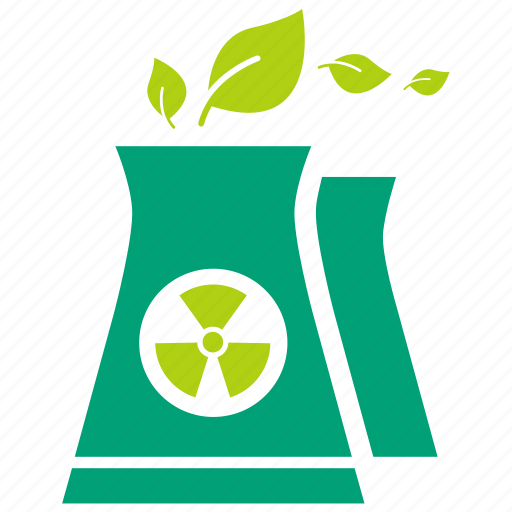Actions being taken by various countries to meet the target of tripling global nuclear power generating capacity by 2050 were discussed by panellists during a session at World Nuclear Symposium 2024. Cooperation will be key to meeting the target, they agreed.
Last December, the United Nations Climate Change Conference (COP28) in Dubai saw the 198 signatory countries to the UN Framework Convention on Climate Change call for accelerating the deployment of low-emission energy technologies including nuclear power for deep and rapid decarbonisation, particularly in hard-to-abate sectors such as industry. In addition, more than 20 countries at COP28 pledged to work towards tripling global nuclear power capacity to reach net-zero by 2050.
Introducing the session, World Nuclear Association Director General Sama Bilbao y León said “new-found momentum in favour of nuclear is taking shape in some countries around the world”.
John Gorman, president and CEO of the Canadian Nuclear Association, described the momentum in Canada as “remarkable”. He said: “We, as a nation, are doing just about everything right when it comes to nuclear.”
He noted that Canada has “the entire ecosystem” - it is the second largest exporter of uranium in the world and it has an indigenous reactor technology, Candu, which is in use in seven nations around the world. “We are refurbishing the vast majority of our existing nuclear plants, and importantly those refurbishments … are on time and on budget.”
Gorman said policymakers across Canada needed to be re-engaged in order to build political support for new build. “The roadmap that we created - which was a very collaborative effort, a pan-Canadian effort - to introduce small modular reactors (SMRs) into the system acted as a thin edge of the wedge for policymakers to feel comfortable to rediscover nuclear … Since the recognition and support for small modular reactors, it has opened up new large build.”
He described SMRs as being disruptive. “I mean disruptive in a very positive way. It’s forcing system operators, regulators and utilities to go through the process of rethinking how we introduce and deploy new nuclear. So disruption can be good and small modular reactors are good for that.”
China National Nuclear Corporation Chief Economist Huang Mingang said nuclear energy currently only represents 4.9% of China’s total electricity generation, with coal accounting for the majority of the rest. “If China wants to realise carbon peak and carbon neutrality, there is still a very long way to go,” he said. “Just in the last month, the Chinese government approved 11 units. In this case, the total number of units in China in operation and under construction and officially approved will be in the region of 102 units. This is a milestone for Chinese nuclear energy.”
He added that, according to projections, by 2035 China will have 150 nuclear power units in operation plus 50 units under construction.
“We do have to admire what China is doing in terms of the parallel construction of these projects at the same time,” Gorman said. “Every nation has to come to terms that we are going to have to be doing these projects concurrently. And if I just look at one province alone, Ontario, our official systems plan is calling for 18 GW of new nuclear by 2050. The work being done right now is figuring out how we are going to support that in concurrent ways because of all the consideration you have there. But nations have done this before - Canada has done it before, the USA has done it before, as have Sweden and France.”
Daniel Westlén, State Secretary to Sweden’s Minister for Climate and the Environment, said a change of government two years ago made it possible to make changes to Sweden’s nuclear policy.
“We have found for a long time that we have increasing support for nuclear power,” he said. “It’s politics that has been the problem, where nuclear has been used to form governments. The matter of where we stand on nuclear has not been based on physics or the needs of the power system. It has been based in political realities, and the ability to form a government. Now that is gone, we have a government that accepts nuclear, where everybody is working to make nuclear possible and work properly.”
Westlén said Sweden is “much better prepared this time” for its new nuclear programme, compared with when it built its current reactors in the 1970s and 1980s. “We have operating experience, we have recent projects of power uprates and modernisations. So we have a lot of people that have been doing complex projects in nuclear. We didn’t have any of that last time. I think there is reason for optimism.” However, he added: “I’m sure the first project is going to be a little more complex and run into hurdles than the coming ones and that’s why it’s so important to have a programme and then get this bandwagon effect going.”
Vijay Kumar Saraswat, a member of Niti Aayog, the Indian government’s public policy think tank, said the country aims to reach net-zero by 2070. “Our main mission is to reduce the carbon emissions as much as possible and we have a strategy for reaching that in terms of how do you meet the energy demands with the reduced use of fossil fuels,” he said.
“In the last ten years, we increased our nuclear energy contribution - something like 1.8% of total power production and about 2.8% in terms of electricity,” Saraswat said. “That would be an almost 35% increase in the last ten years.”
He said India plans to triple its nuclear energy capacity by around 2030 through the construction of large reactors and SMRs.
Bilbao y León said the size of the challenge of meeting climate targets “is enormous”, adding that “it requires nuclear and wind and solar and hydro and natural gas and many other things, so all low-carbon energy industries really need to work together”.

